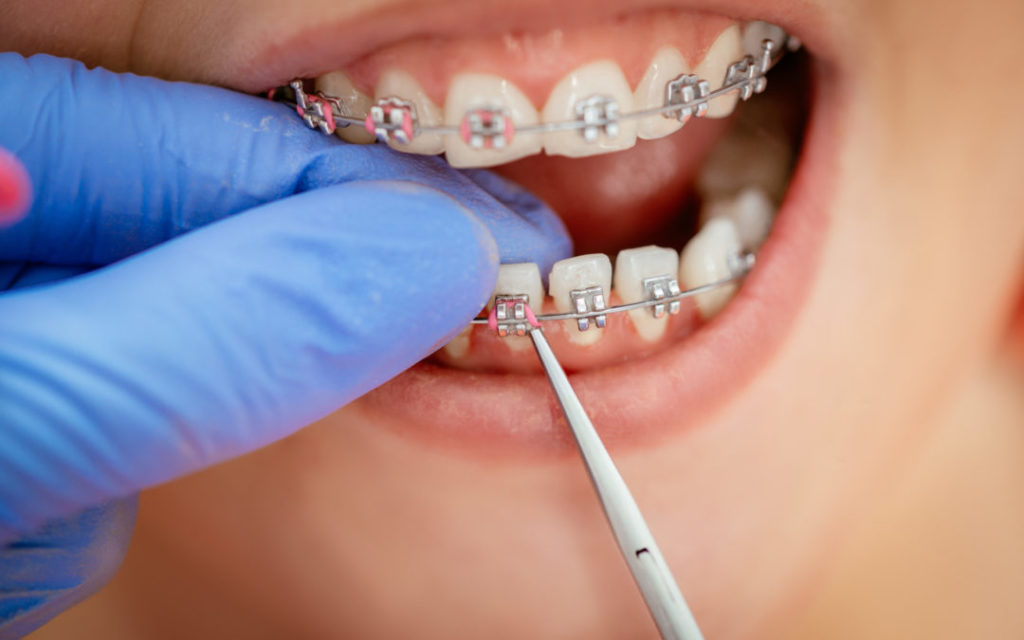Braces are commonly associated with childhood and adolescence, but orthodontic treatment is not exclusively for the young. Advances in dental technology and a better understanding of orthodontic needs have made braces a viable option for people of all ages. This article explores whether you have to get braces when you’re young and delves into the benefits and considerations of orthodontic treatment at different life stages.
Orthodontic Treatment for Children and Adolescents
Early Intervention:
Orthodontists often recommend that children have their first orthodontic evaluation by the age of seven. Early intervention can identify potential issues such as crowding, bite problems, and jaw misalignment. Addressing these problems early can simplify or shorten the treatment process and, in some cases, eliminate the need for braces later on.
Benefits of Braces During Adolescence:
Growth Advantage: Children and teenagers are still growing, which can be advantageous for orthodontic treatment. Braces can guide the growth of the jaw and teeth, making it easier to correct misalignments.
Faster Treatment: Since young patients are still developing, their teeth and bones can respond more quickly to orthodontic treatment, often resulting in a shorter treatment duration compared to adults.
Preventive Measures: Early treatment can prevent more severe issues from developing, such as impacted teeth or significant jaw discrepancies, which might require more complex treatments later.
Orthodontic Treatment for Adults
Increasing Popularity:
In recent years, more adults have sought orthodontic treatment with clinics like Springmount Dental & Aesthetics. This shift is due to several factors, including advancements in orthodontic technology, increased awareness of dental health, and the desire for an improved smile.
Types of Braces for Adults:
Traditional Metal Braces: While effective, many adults prefer more discreet options.
Ceramic Braces: These are less noticeable because they are tooth-colored.
Lingual Braces: These braces are concealed from view but can be more difficult to clean and adjust.
Clear Aligners: Invisalign and other clear aligners are popular among adults for their nearly invisible appearance and convenience. They can be removed for eating and cleaning, making them a flexible option.
Considerations for Adult Braces:
Longer Treatment Time: Adults’ teeth move more slowly than children’s, potentially leading to longer treatment times.
Bone Density: As adults age, bone density can decrease, affecting how teeth move and stabilize. This consideration may require more precise planning and adjustments.
Oral Health: Adults may have pre-existing dental conditions, such as gum disease or tooth decay, that need to be addressed first.
Benefits of Getting Braces at Any Age
Improved Oral Health:
Straight teeth are easier to clean and maintain, which lowers the risk of oral health problems. Proper alignment can also prevent excessive wear on teeth and improve bite function.
Enhanced Confidence:
This benefit is important at any age, as a confident smile can positively impact social interactions, professional opportunities, and overall well-being.
Functionality and Comfort:
Correcting bite issues and misaligned teeth can improve chewing, speaking, and overall oral function. This improvement can lead to better digestion, clearer speech, and less discomfort in the jaw joints.
Conclusion
While getting braces during childhood or adolescence can offer certain advantages, orthodontic treatment is not limited to the young. Adults can also benefit significantly from braces or clear aligners, enjoying improved oral health, functionality, and confidence. Advances in orthodontic technology and techniques have made it possible to achieve a beautiful, healthy smile at any age. Whether you’re considering braces for your child or yourself, consulting with an orthodontist can help determine the best treatment plan to meet your needs and goals.

